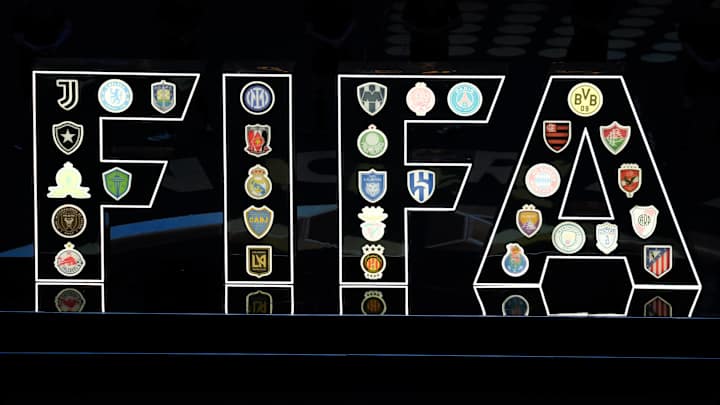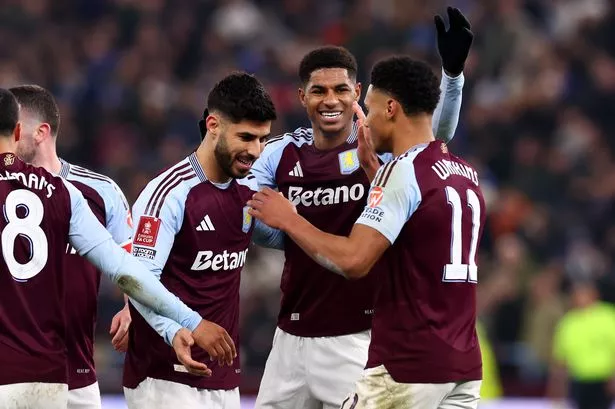Manchester United is reportedly intensifying its pursuit of Aston Villa’s in-form striker, Ollie Watkins, marking him as a prime candidate to bolster their attacking options. This strategic decision emerges amidst swirling rumors concerning the potential departure of Rasmus Hojlund, United’s significant £85.5 million acquisition, who has yet to fully establish himself as a consistent goal threat in the Premier League. The Red Devils’ pivot towards an experienced poacher like Watkins signals a potential shift in their transfer philosophy, prioritizing proven reliability over high-risk, long-term prospects in the volatile Football Transfer market.
Ollie Watkins, currently 29 years of age, is operating in what many consider the prime of his professional career. His remarkable consistency and prolific output this season—contributing to an impressive 31 goals and assists across all competitions—make him an exceptionally appealing target for a club in dire need of immediate impact. Watkins’ proven track record, combined with his adaptability within various attacking systems, presents a compelling argument for Manchester United. His ability to deliver consistently at the highest level offers a stark contrast to the developmental curve typically associated with younger, unproven talents.
The potential interest in Watkins comes in the wake of Rasmus Hojlund’s inaugural season at Old Trafford. Despite flashes of promise, the Danish international has found goals difficult to come by in the Premier League, leading to questions about the substantial £85.5 million fee invested in him. Hojlund’s struggles to consistently find the back of the net have evidently prompted Manchester United to explore alternatives, seeking a striker who can guarantee a more immediate and sustained return on investment. The club appears keen to mitigate the financial uncertainty often associated with such large transfer fees for talents yet to prove themselves conclusively in England’s top flight.
This strategic move by Manchester United suggests a deliberate prioritization of experience and a dependable goalscorer who can seamlessly integrate into the squad. Rather than committing further substantial funds to another younger, high-risk prospect, the club appears to be aiming for a more reliable and prolific presence in front of goal for the upcoming campaigns. Such a transfer would not only address an immediate need for goals but also potentially redefine Manchester United‘s offensive dynamics, ensuring a more consistent threat in the final third.
For Aston Villa, the potential transfer of their star striker would undoubtedly pose a significant challenge to their European aspirations, given Watkins’ centrality to their attacking prowess. His departure would necessitate a major rebuilding effort in their forward line. Conversely, for Manchester United, securing Watkins could represent a shrewd piece of business, injecting much-needed firepower and a consistent goalscoring threat that has arguably been lacking. This decision highlights the ongoing complexities and high stakes involved in elite Football transfers, where clubs constantly weigh potential, performance, and financial risk.
Discover more from The Time News
Subscribe to get the latest posts sent to your email.






